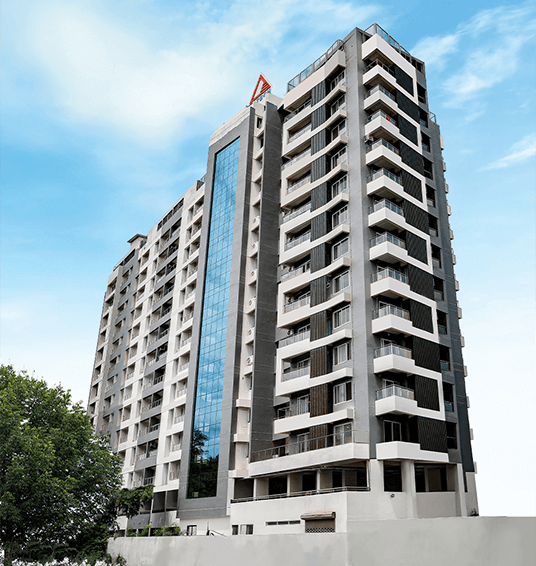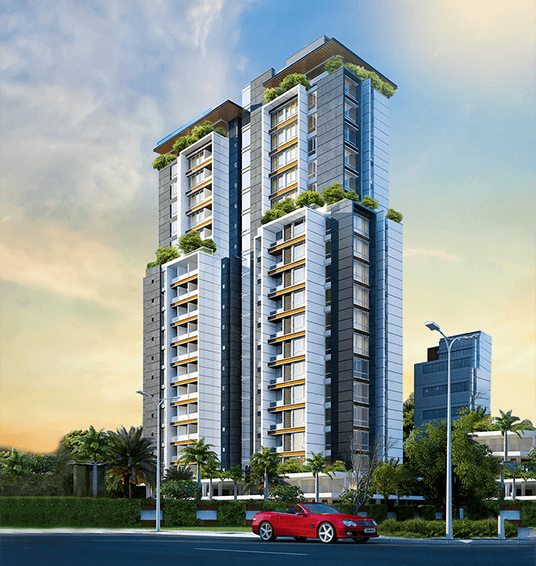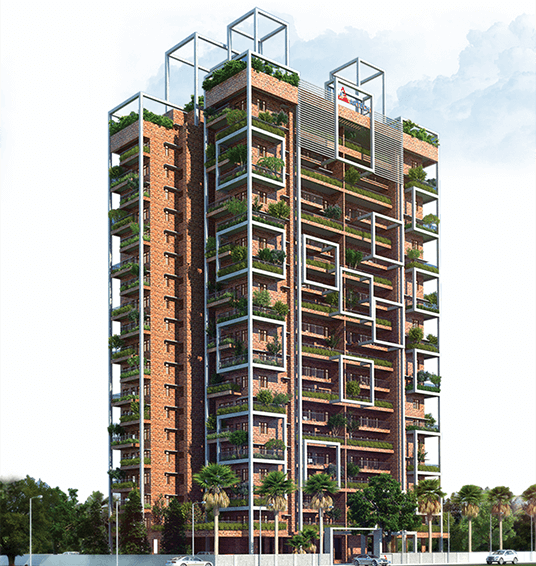
Also known as green architecture or eco-friendly architecture, sustainable architecture focuses on crafting buildings that have minimal impact on the environment, while also promoting the wellbeing of the residents. The core principles of sustainable architecture focus on integrating environment sustainability, resource efficiency and health of occupants, aiming to minimize the negative effects of construction on the planet. Here’s a broader look:
Energy Efficiency
Sustainable architecture aims to minimize energy use by integrating energy-efficient technologies such as solar panels, wind turbines and geothermal systems. Other key components are advanced HVAC systems, efficient insulation and energy-saving appliances.
Resource Efficiency
Sustainably architected buildings prioritize the efficient use of resources by opting for more sustainable building materials such as reclaimed, recycled or renewable materials. This reduces waste and lowers the building’s impact on its environment, throughout its entire lifecycle.
Water Conservation
Another focus of sustainable architecture is effective water management with a focus on low-flow fixtures, rainwater harvesting systems, greywater recycling, and landscape designs that incorporate drought-resistant plants and efficient irrigation systems. This reduces strain on the city’s water supply.
Indoor Quality
Sustainable architecture also aims to boost the health, comfort and livability factor for the building’s occupants. This is achieved through proper ventilation, use of non-toxic materials and by maximizing availability of natural light. Other factors include thermal comfort, acoustics, etc.
Site and Community Integration
The design of sustainable buildings consider the site’s natural characteristics and harmonizes it with its immediate surroundings. These could include minimal site disturbance, preservation of natural features and creating green spaces. Sustainable architecture also promotes connectivity with the local community, encouraging sustainable transportation options and supporting local ecosystems.
Advantages
There are many benefits to applying sustainable architecture as it can result in reduction of operational costs, with lower utilities consumption, better health of residents and smaller carbon footprint on the environment. Other gains include lower greenhouse emissions and more conservation of natural resources.
For those wanting to buy a flat in Trivandrum, look for sustainable architecture that provides a holistic approach towards building design and construction by focusing more on resource use, environmental responsibility and occupant’s health. This innovative form of architecture provides a paradigm shift towards a more resilient and sustainable environment – an essential factor for addressing the ongoing global climate challenges.













